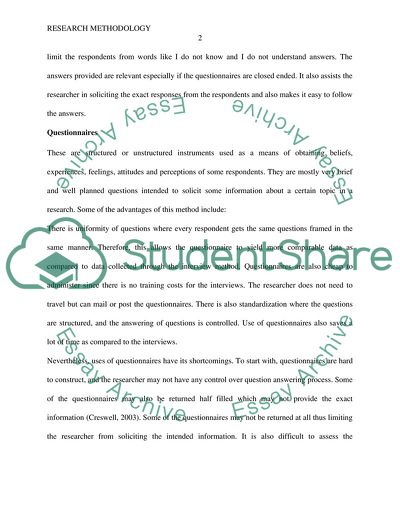Cite this document
(Interviews and Questionnaires Term Paper Example | Topics and Well Written Essays - 2750 words, n.d.)
Interviews and Questionnaires Term Paper Example | Topics and Well Written Essays - 2750 words. Retrieved from https://studentshare.org/education/1804238-final-essay-exam-research-methodology
Interviews and Questionnaires Term Paper Example | Topics and Well Written Essays - 2750 words. Retrieved from https://studentshare.org/education/1804238-final-essay-exam-research-methodology
(Interviews and Questionnaires Term Paper Example | Topics and Well Written Essays - 2750 Words)
Interviews and Questionnaires Term Paper Example | Topics and Well Written Essays - 2750 Words. https://studentshare.org/education/1804238-final-essay-exam-research-methodology.
Interviews and Questionnaires Term Paper Example | Topics and Well Written Essays - 2750 Words. https://studentshare.org/education/1804238-final-essay-exam-research-methodology.
“Interviews and Questionnaires Term Paper Example | Topics and Well Written Essays - 2750 Words”. https://studentshare.org/education/1804238-final-essay-exam-research-methodology.


